How the colonisation of India influenced global food
The British, French, Portuguese, Dutch and Danes; India was colonised by many countries and each had an influence on its produce and cuisines. But less is known about the impact India has had on the food of its colonisers.
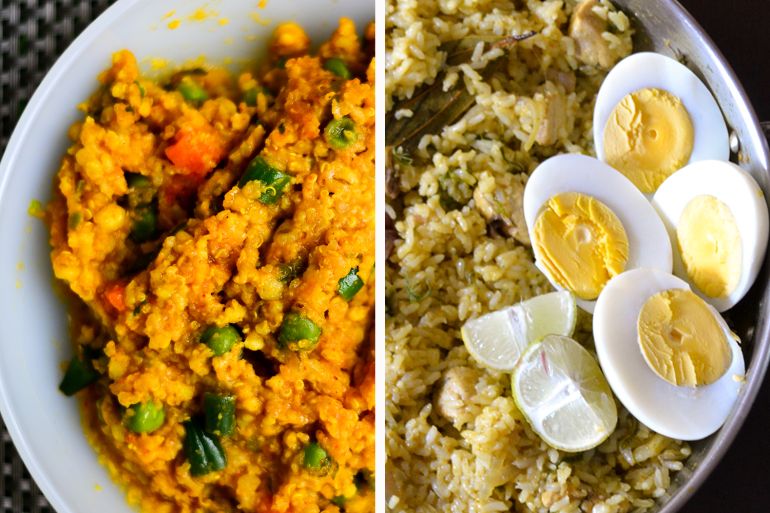
“Lunch is ready,” I called out to my husband and daughter, setting the serving dish down on the dining table. On cue, Anoushka, my 14-year-old, reached out to open the lid to check what was inside.
We were having khichdi – mashed lentils, diced vegetables and rice topped with caramelised onions. “Did you know that the British kedgeree (a mix of rice, flaked fish and boiled eggs) is inspired by our khichdi?” Anoushka asked, drizzling spoonfuls of ghee (clarified butter) onto the khichdi on her plate.
Keep reading
list of 4 itemsNavigating the use of a knife and a fork at the dinner table
Savouring the Past
Cooking and healing in my mother’s Vietnamese kitchen
She was studying the colonial history of India for her upcoming exams and trivia was her way of making the subject easier. I did know the khichdi-kedgeree connection. I am sure there are more, I replied. “Wouldn’t it be cool if we could find out what Indian dishes were behind some of the colonisers’ cuisine and cook them?” the budding chef asked excitedly.
It was a great idea. We agreed to split the work – after all, she still had to study for finals – I would research the dishes and tell her stories about them, and she would do the cooking.
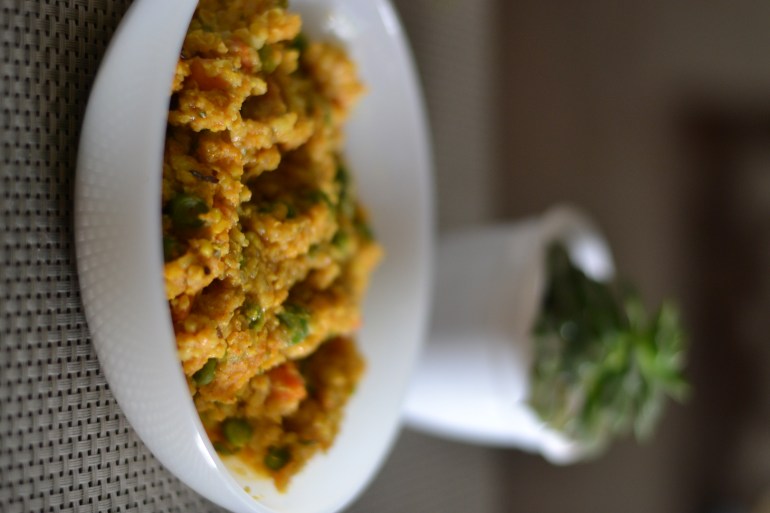
Multi-course meals and garnishes
Our starting point was The British Raj, or Rule of the Crown which, from 1858 to 1947, was the longest in a line of India’s colonial masters. Others included the French, the Portuguese, the Dutch and the Danes. All of these cultures have dishes with roots that can be traced back to the subcontinent.
Pulling on the kedgeree thread, I wanted to know how it evolved from khichdi. I spoke with Lizzie Collingham, an independent historian and an associate fellow of the Centre of South Asian Studies at the University of Cambridge, and author of the book, Curry: a Tale of Cooks and Conquerors, among others.
“Kedgeree is perhaps the oldest and best survivor of the British Raj,” she said. “It was a dish invented for the British in India and was served at country houses or parties. In India, because the British liked fish, it was usually served to them in the mornings when the catch was fresh. That is perhaps how it got added to the rice and lentils.”
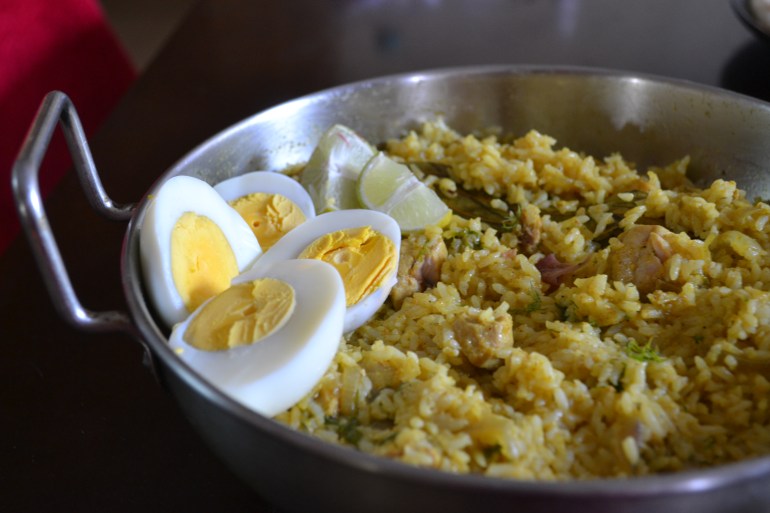
“Another twist happened in Britain. The wealthy often indulged in hunting parties and would have smoked kippers for breakfast. This was added to the kedgeree too. To serve such dishes in Britain showed that the host had connections with the East India Company [a company formed to trade in the Indian Ocean region that eventually went on to rule large parts of India], a thing of prestige. And because the British loved the Indian concept of garnishes like coriander leaves and caramelised onions, quartered hard-boiled eggs, usually on breakfast menus, were added as finishing touches to the kedgeree.”
Speaking of love for garnishes, Lizzie told me amusedly, that in the late 1970s, when the celebrated Madhur Jaffrey, an actress and food writer with around 30 books to her credit, demonstrated the lemony chicken with coriander on television, fresh coriander, which was not often used or easily available back then, sold out everywhere in Britain.
I shared this with Anoushka as she tore up coriander leaves to put into a pepper-garlic rasam – a spicy tamarind and tomato broth from South India that is sipped like a soup, or mixed with rice – that we were going to have for lunch. She was excited about making the rasam from Madhur Jaffrey’s Vegetarian India – and just as she tipped over the tempering of mustard seeds, dried red chillies and curry leaves into it, she asked: “But why are we making rasam?” It’s because the rasam is the inspiration behind the British mulligatawny soup which we are going to make tomorrow, I answered.
Madhur explains in Vegetarian India that a possible mispronunciation of the Tamil milagu tannir (translating to black pepper water), a rasam variant, may have led to the mulligatawny soup. The British liked multi-course meals and wanted to sip soup with a spoon, rather than pour it over rice. So Indian cooks innovated by thickening the rasam, adding a bit of rice to it and setting a spoon beside it.
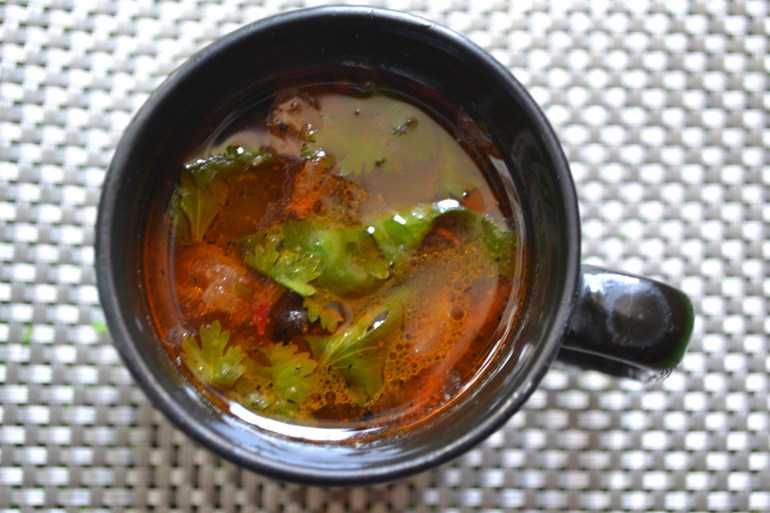
“Besides the mulligatawny and kedgeree, the vindaloo, tarka dal and qorma are Indian-inspired dishes that continue to feature in British cooking today,” Madhur explained to me in an email. “These dishes are not necessarily made in homes but are sold in pubs and high street restaurants, often rated by heat. Starting in the 17th century, it was [East India] Company men who collected these recipes and sent them home to their families. Women came later and added to the repertoire.”
As Anoushka and I sipped our spicy rasam, we mulled over how innovative cooks in colonial India came up with interesting variations of our traditional dishes and wondered where this journey of discovery would take us next.
From Pondy’s shores to French tables
The answer came soon enough. I was planning a trip to Puducherry (Pondicherry, or Pondy as it is fondly called), a union territory in the southern state of Tamil Nadu, and a French colonial settlement until 1954.
Always looking for culinary experiences, I was chatting with mother-daughter duo Pushpa and Anita De Canaga, who offer table d’hôte traditional Pondicherrian cuisine at their initiative Chez Pushpa. When Anita mentioned a pork vadouvan, I excitedly asked about its connection with the French duck vadouvan. The dishes, she said animatedly, are similar because the vadouvan spice is a Pondicherrian creation invented during colonisation to help the French eat local dishes, but just a more mildly spiced version.
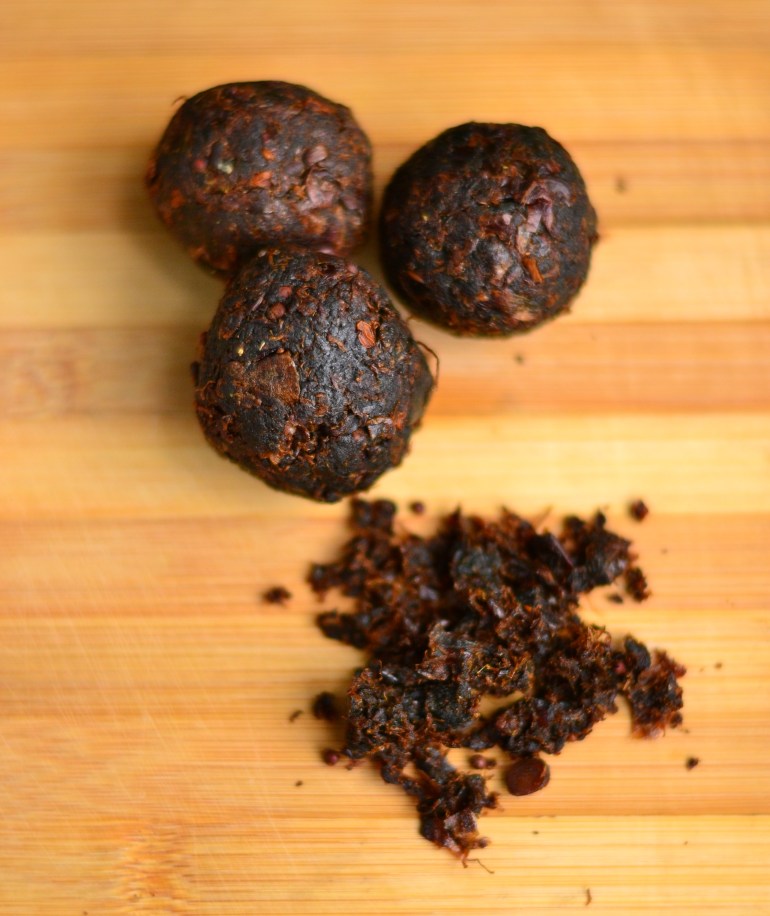
“The vadouvan (derived from the Tamil word, vadagam) is a spice ball that takes around four weeks to make. Freshly sliced shallots, garlic, different lentils, and ingredients like mustard, cumin, dried chillies, fenugreek, fennel and turmeric are mixed into a few oils such as castor, coconut and sesame. These are shaped into balls and sun-dried, usually in peak summer months between March and May,” Anita explained.
“But, it’s winter now and we are in Bengaluru,” said Anoushka. “Where are we going to get vadouvan?” I assured her that there would be someone we know who has it. And sure enough, by the end of the day, I had some vadouvan spice balls from the pantry of a friend who was kind enough to share them with me.
Anita explained how bits of the vadouvan are broken up and spluttered in hot oil and then used in dishes like a vadouvan chutney with grated coconut, a prawn and flat beans dish, or the mutton sambar (a lentil and vegetable gravy with mutton). Anoushka and I knew what we wanted to make but we also wanted to find out how the French use the vadouvan today.
For that, I emailed Renaud Ramamourty, chef de cuisine at Restaurant Petrossian in Paris. “The association of vadouvan and canard (duck) is quite common in France and it is an Indian-inspired base from colonial times,” he told me. “Today, vadouvan is commercially available as a dried powder. French chefs use it to make the Viennese crust where the vadouvan is mixed with flour and butter to make a casing for meat or fish, giving it an added layer of flavour. It is used in marinades too.
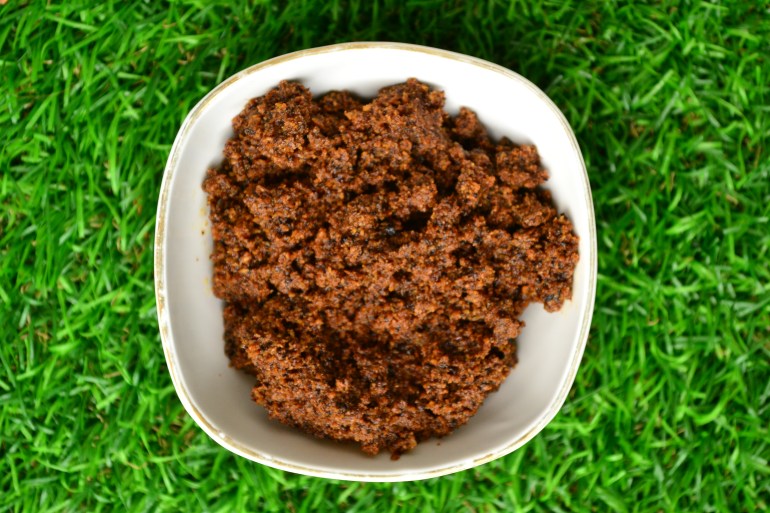
“My favourite way to use the vadouvan is to mix it with a salty crème anglaise and use it over a vegetable carpaccio or fish,” Renaud said.
“So the French don’t sun-dry their vadouvan?” Anoushka asked. I did ask Chef Renaud this and he said, “If we have to wait for the sun in Paris, it would be difficult to roast anything! We roast vadouvan spices in the oven or on the stove.” Innovative, Anoushka and I agreed as we set the table with our pork vadouvan, which on Anita’s advice, we let steep for a day after cooking to let the flavours blossom.
Rice: Sweet, savoury and healing
After the indulgences of pork vadouvan, the stomach needed something light. Pez (a Goan term) or kanji (rice gruel, a common Indian dish) is our staple for light meals. This time, we ate it with some hand-pounded vadouvan chutney that Anoushka made. Between mouthfuls, I remembered something I was told about the Portuguese dish canja de galinha, on a 2019 research trip to Goa, where I tagged along with Hussain Shahzad, the executive chef at Hunger Inc Hospitality (O Pedro and The Bombay Canteen) in Mumbai and André Magalhães, the chef at Taberna da Rua das Flores in Lisbon, a food journalist and researcher. The two chefs were researching cross-cultural influences of Portuguese and Goan food for a menu they were creating. The Portuguese were in Goa between 1510 and 1961, among other regions.
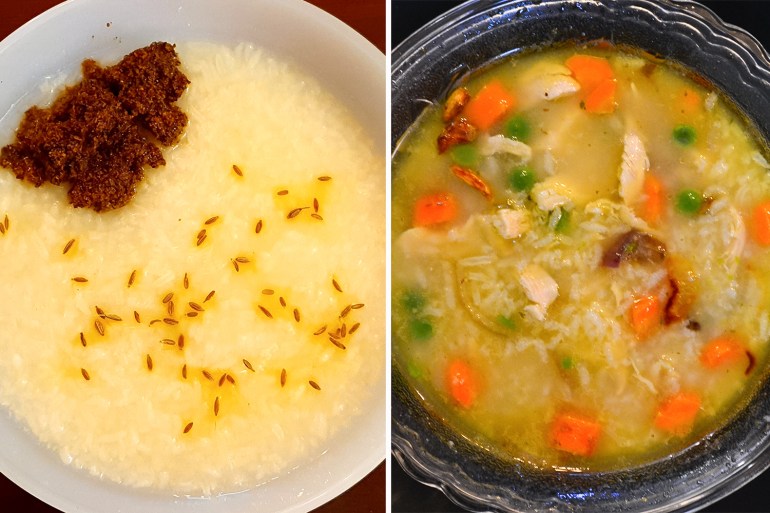
“The canja de galinha is a staple Portuguese chicken and rice soup and is the one dish that embodies Indian influence on our food,” Chef Andre explained over email. “It evolved from the pez. It was first mentioned in 1563 by Garcia de Orta, Portuguese Sephardi Jewish physician and author of Colóquios dos simples e drogas da India. Orta describes how his Indian maid Antonia saved his life by feeding him ‘canje, a porridge made from boiled rice with pepper, cumin and herbs’ when he was gravely ill. Canja evolved and spread through the several former Portuguese colonies where it is eaten to this day,” he continued.
The Portuguese chamucas too, are essentially the prawn samosas that one finds in Goan bakeries and markets. “Today on the streets of Portugal you get chamucas filled with meat and people often consider it a version of the empanada,” said Chef Hussain. “Both the Goans and the Portuguese are rice-eating communities and the Portuguese arroz doce (a rice pudding with condensed milk and cinnamon) is an adaptation of the Goan payas,” he added.
Hearing this, Anoushka grinned, happy that we were getting some meat samosas and making arroz doce over the weekend. In between spoonfuls of the dessert, she asked me if there were Goans in Portugal today. Yes, I said, Portugal does have a sizeable Goan-origin diaspora to this day.
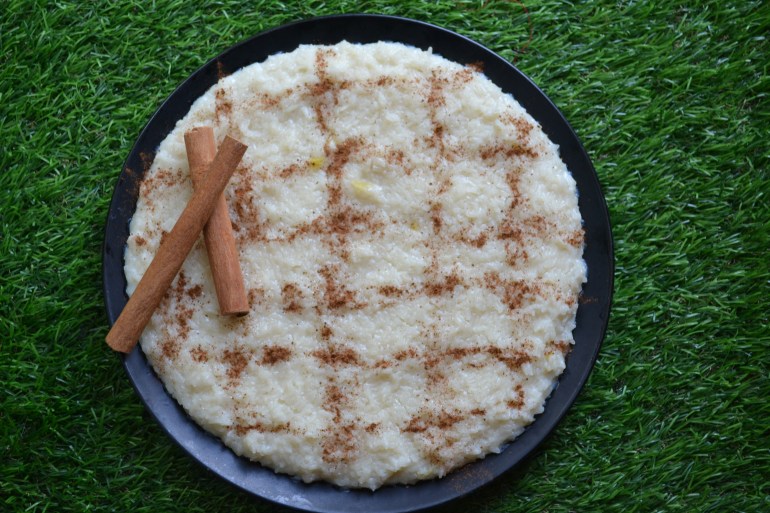
A taste of home
With 18 million Indians living outside of the country, India’s diaspora is the largest in the world. In the Caribbean islands, the large Indian community is mainly descendants of indentured Indian slaves taken there by the East India Company in the 1800s. I got onto this trail while reading an article about Trinidad’s food which mentioned tomato choka – a fire-roasted tomato, garlic, chilli mash. I immediately suspected a connection with Bihar’s staple food, litti choka – a spiced gram flour stuffed roasted wheat ball, served with tomato or aubergine choka. And there it was.
“Between 1834 and 1917, an estimated 1.4 million Indians, most from famine-ravaged rural eastern Uttar Pradesh and western Bihar, left for the Caribbean as indentured slaves. They carried meagre rations with them for the 18-month voyage,” explained Colleen Taylor Sen, a Chicago-based author and culinary historian focusing on the food of the Indian Subcontinent. The litti choka possibly travelled with these folks but, with only white flour being available to them on the journey and on the plantations they worked, the litti died out leaving only the choka (the relish) and the roti.
Quoting her book, Curry: A Global History, Colleen said that in Trinidad, the roti today refers to a white flour bread. It can also be a wrap for gravies and is the base for a popular dish known as the “buss up shut” a term that evolved from “bust-up shirt”, which is what the dish looks like. To make it, a flaky paratha (Indian bread) is fried and beaten with two wooden spatulas. And the choka remains a popular accompaniment.

Anoushka was thrilled when I mentioned this, and was looking forward to beating up a paratha. I wasn’t sure I wanted such havoc in the kitchen and began to look for other possible dishes we could try.
“Several Indian foods and cooking techniques got adapted into the Caribbean lifestyle. Sabzis (sautéed vegetables), dhal (lentils), pakoras (fritters), pooris (deep-fried puffy bread) and chutneys are commonplace now,” Cynthia Nelson, a Barbados-based journalist and lecturer in media studies and Caribbean food culture, told me in an email.
“Choka for us can be a coconut choka – fire-roasted, grated and ground with garlic, hot peppers and a souring agent like tamarind, green mango or bilimbi (Averrhoa bilimbi). It can be the baigan choka with eggplant or the murtani – a mixture of fire-roasted okra, eggplant and tomatoes along with garlic, and hot peppers, finished with a tadka (hot oil and mustard tempering) or even the potato choka,” she added.
With so many familiar dishes to choose from, our weekend menu took a while to settle on.
Through this journey, Anoushka and I realised that many dishes that travelled from India to other countries were – and still are – comfort food. Dishes that have traversed the world through colonisers of, and emigrants from, India, going on to become a plateful of home for generations of people with links to the subcontinent.